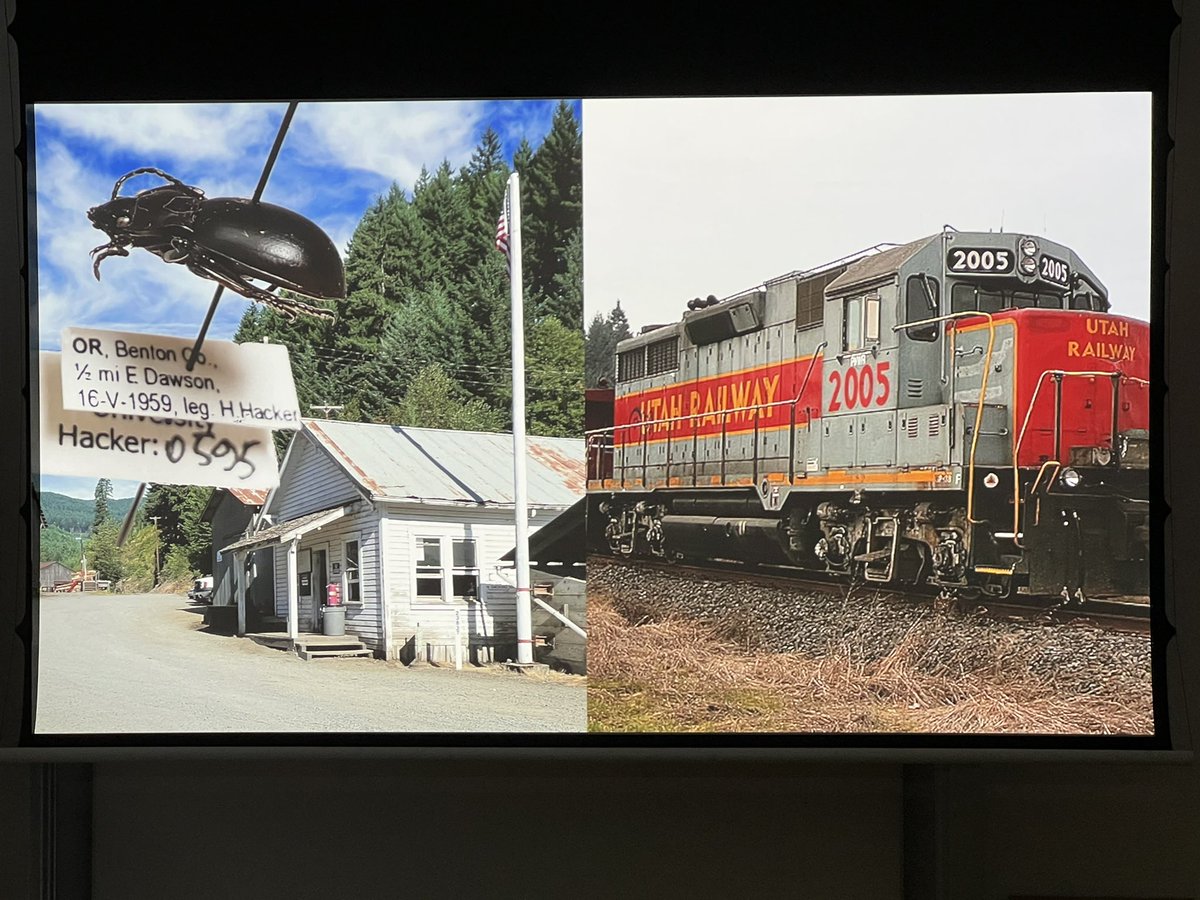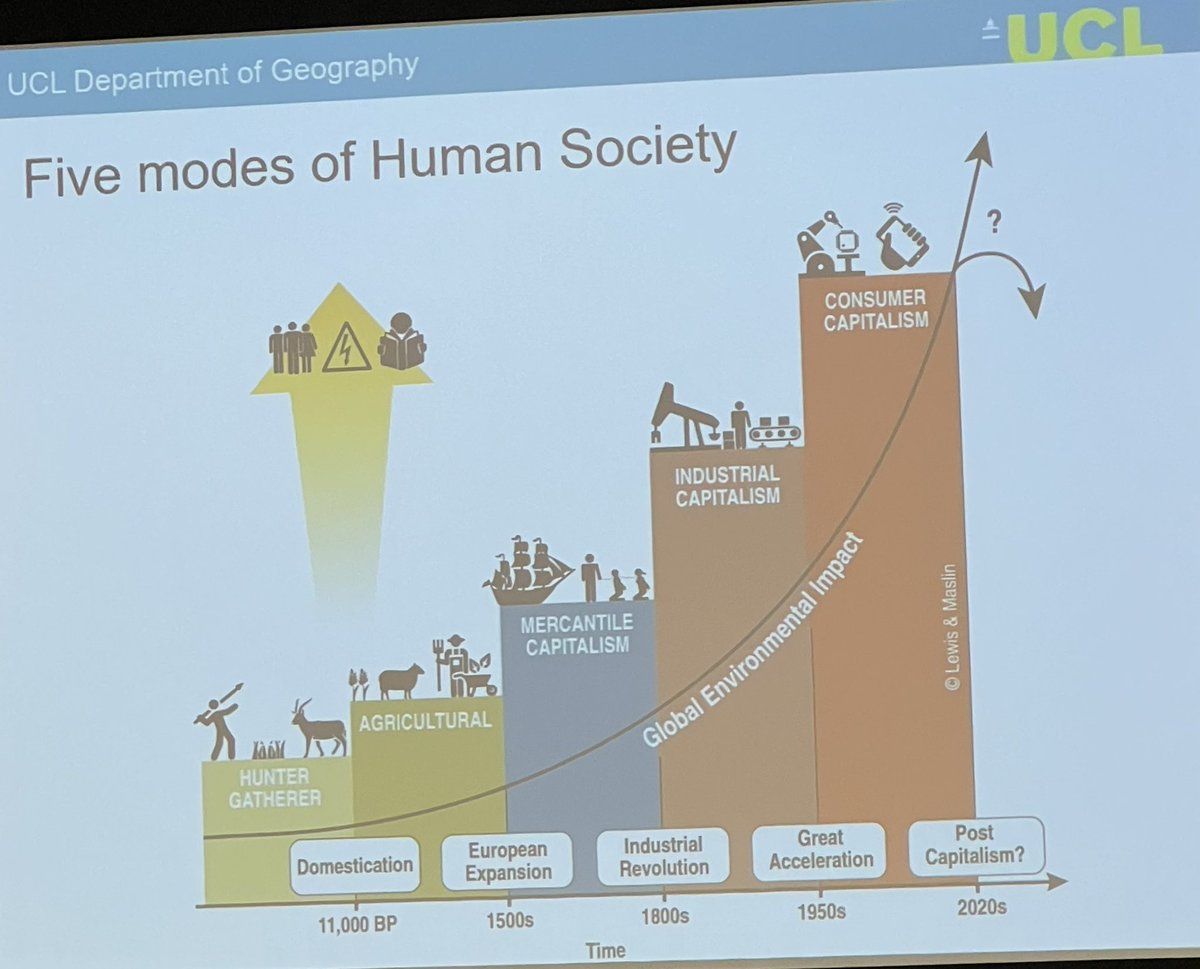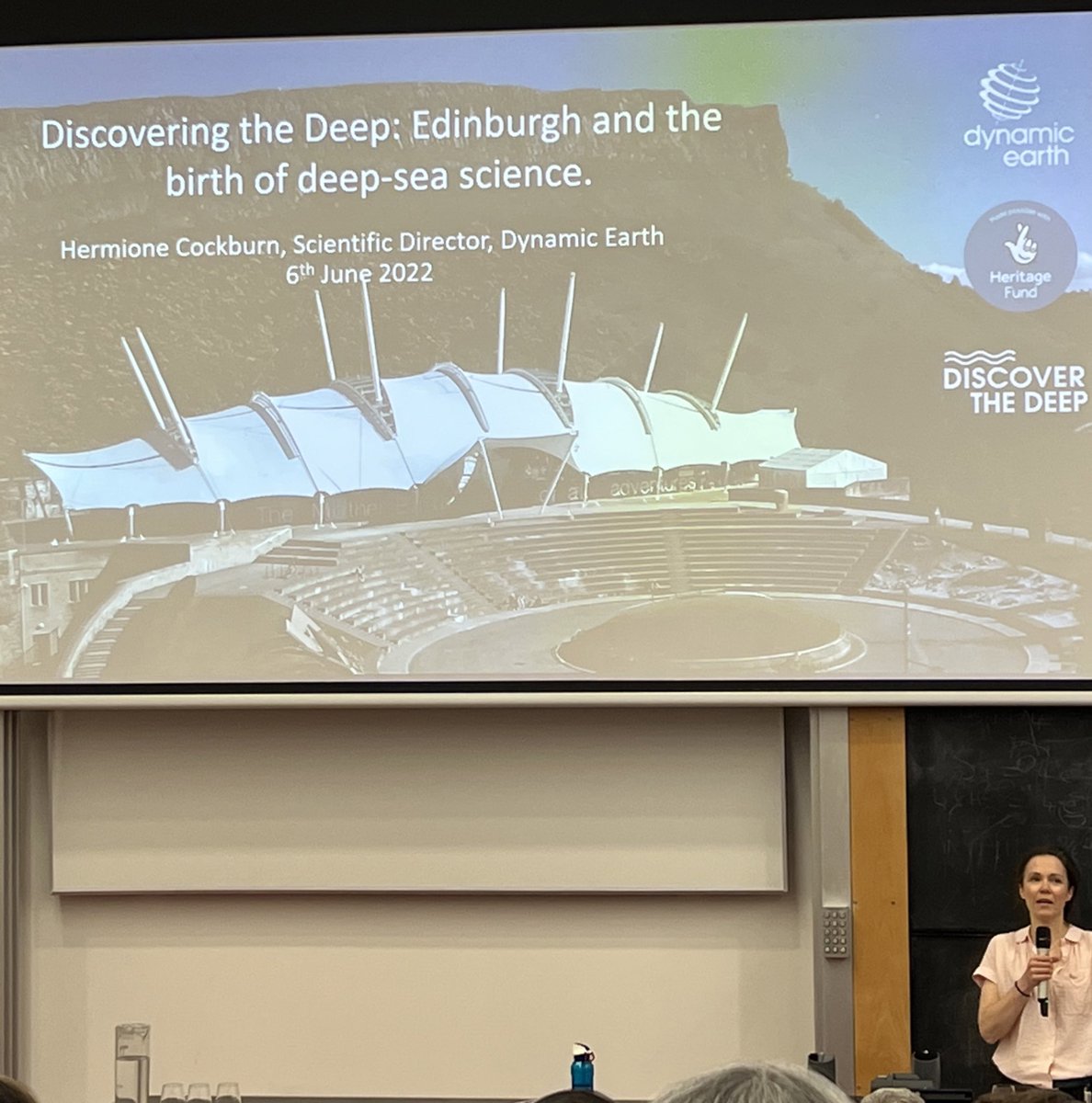
Starting day at #spnhc2022 in session "Connecting Communities to Natural History Collections"
Helen Barber-James leads off with "Integrating African Natural History specimen data; current progress and future needs". Huge collections of African material in European museums.
Helen Barber-James leads off with "Integrating African Natural History specimen data; current progress and future needs". Huge collections of African material in European museums.
But she points out there is also lots of material in museums in Africa and activities happening to both collect, digitize and curate materials.
(Reminds me that I need to figure out how to visit some African museums on my extinction project.)
(Reminds me that I need to figure out how to visit some African museums on my extinction project.)
Hillary Barron presenting virtually "Culturally Responsive Undergraduate Science Education: A model for equity and social justice academic biology"
She is emphasising that positionality matters tremendously in science education. Need to move beyond equity as inclusion.
She is emphasising that positionality matters tremendously in science education. Need to move beyond equity as inclusion.
Barron: students needs to feel that they have a "rightful presence" in STEM [and, I'd add, any field]. This means we need culturally relevant pedagogy. Students draw upon "funds of knowledge" (skills/practices from student's household/community/peers/popular culture).
Great presentation by @HBarron_SciEd on CRUSE (Culturally responsive undergraduate science education). So much was applicable to humanities teaching as well.
Christopher Marshall, “One Specimen Many Stories”, encouraging new visions and seldom heard voices about natural history specimens #spnhc2022
[I'm thinking before he starts about @MidEastInEurope's work on 100 histories of 100 worlds in 1 object: 100histories100worlds.org]
[I'm thinking before he starts about @MidEastInEurope's work on 100 histories of 100 worlds in 1 object: 100histories100worlds.org]
Marshall discussing how students were able to bring in historical approaches, aesthetic approaches and cultural approaches to the specimens that were not normally included by curators,
Can take the specimen info in all kinds of directions: the history of the place of collection, the ecosystem and people who historically lived there, the collector and their life, the date of collection and what happened then. 







Sara Hansen & Rhea Ewing, "Creating Inclusive Spaces: Centering Gender Identity in Biodiversity Science and Natural History Collections"
Nathist collections positioned to support gender-diverse individuals in science : collection diversity and natural-human history together
Nathist collections positioned to support gender-diverse individuals in science : collection diversity and natural-human history together
They are developing a module for Biodiversity Literacy in Undergraduate Education (BLUE) platform biodiversityliteracy.com
Final paper in the session is Taormina and Katrina Lepore, "Neurodiverse communities as crucial contributors to paleontology exhibits and collections perspectives, using inclusive museum design and self-advocacy"
Accessibility allows more "minds" to feel welcome in science.
Accessibility allows more "minds" to feel welcome in science.
• • •
Missing some Tweet in this thread? You can try to
force a refresh











